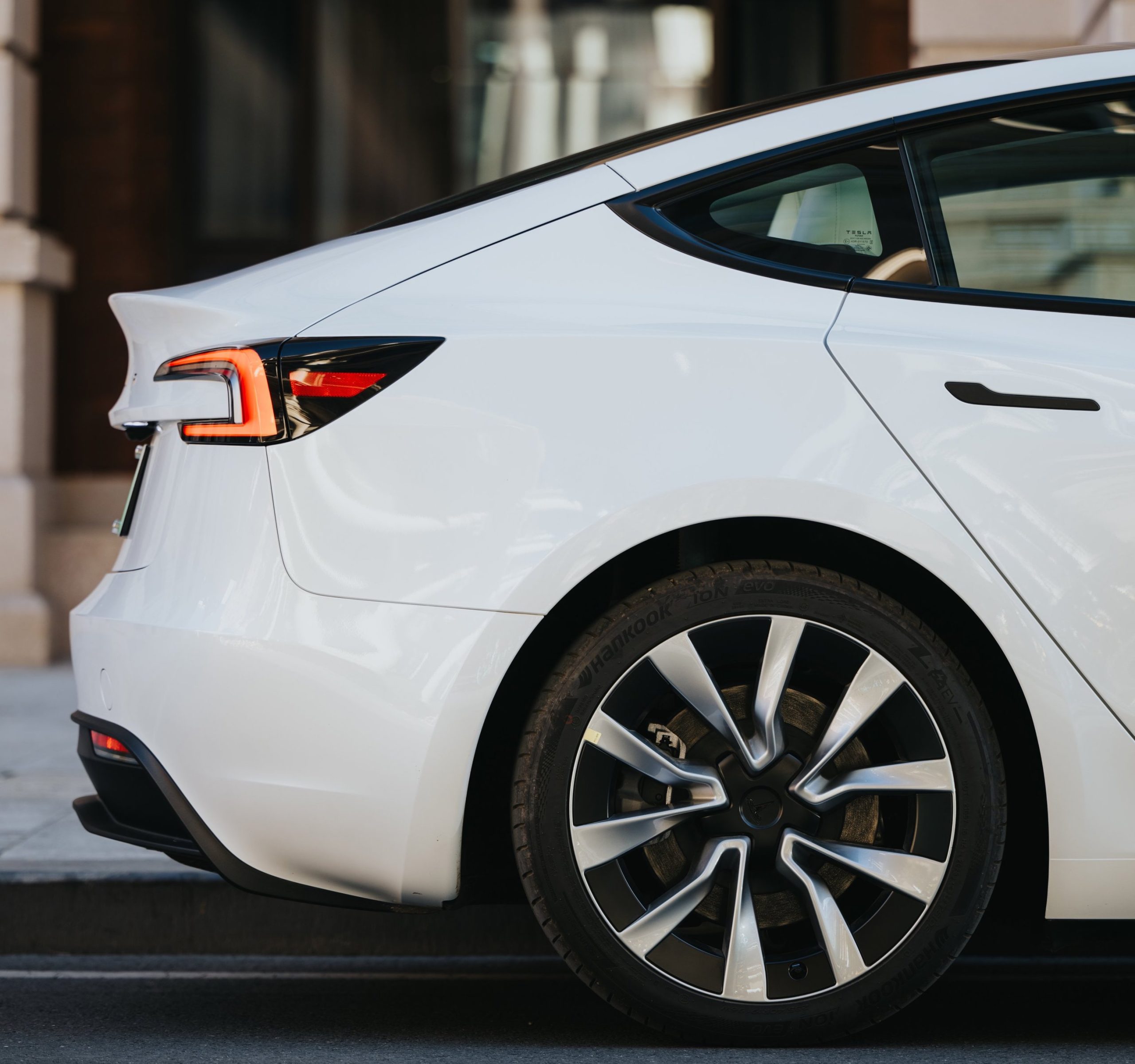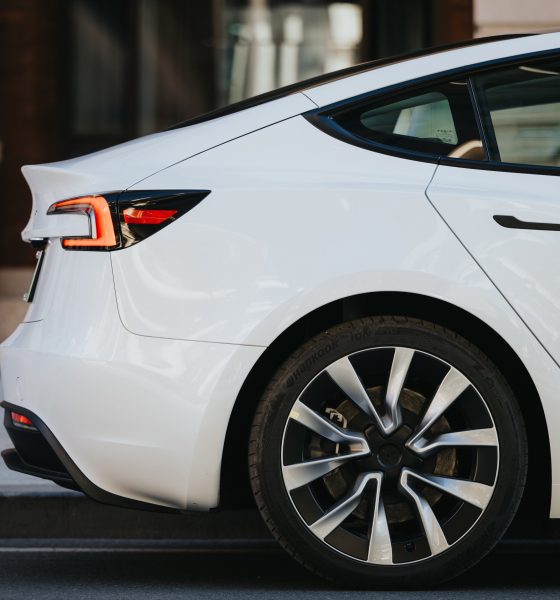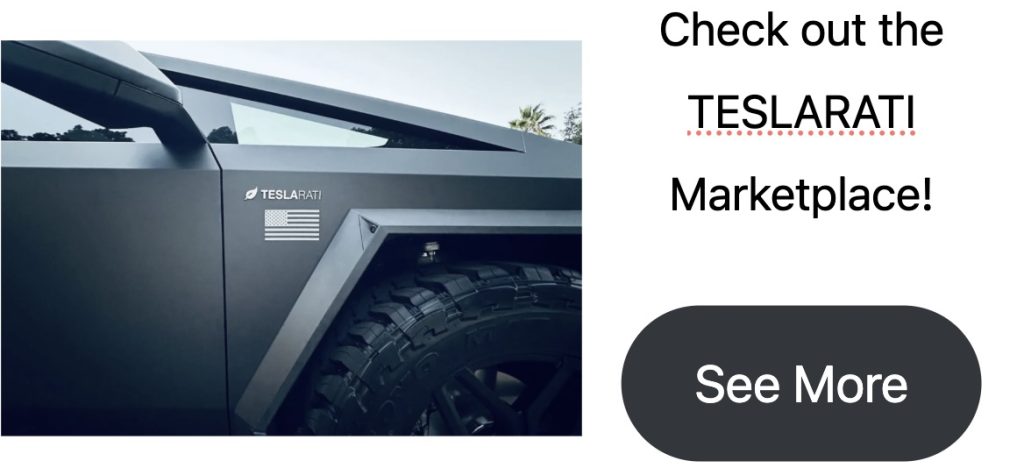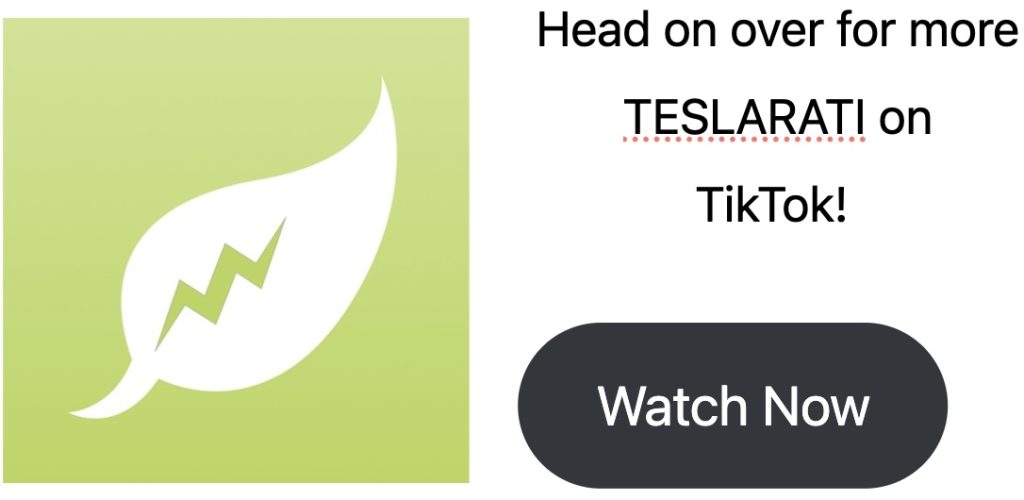

News
(Op-Ed) Tesla China has been very successful legally–but is something nefarious really afoot?
A recent report from the Associated Press has highlighted the fact that Tesla China has been very successful legally. Over the years, Tesla China has seen a remarkable record in winning legal cases against critics, from media outlets and social media influencers to customers.
But while the report carried a tone that hinted that something nefarious was afoot, Tesla China’s legal successes may simply be explained by a simple reason—it chooses to hold people accountable.
The AP’s piece:
- A look at the Associated Press‘ piece on Tesla China’s aggressive legal strategy opens with the story of Zhang Yazhou, who held a protest at the 2021 Shanghai Auto Show alleging that her Model 3 experienced a brake failure.
- Here’s how the report framed the matter:
- “Tesla has embraced an aggressive legal strategy in China to stifle its critics — suing its own customers.
- “That’s left some Tesla owners desperate. Zhang Yazhou protested publicly that her Model 3’s brakes had failed and caused an accident in 2021 that sent her parents to the hospital. Tesla said that wasn’t true and sued her for defamation. A Chinese court ordered Zhang to pay the $1.1-trillion company more than $23,000 in damages and publicly apologize for her criticism.
- “”I refuse to accept it,” said Zhang, who appealed the verdict. “As a consumer, even if I said something wrong, I have the right to comment and criticize. I spoke about my feelings as a user of the car. It has nothing to do with damaging their reputation.””
- The AP report also described Tesla China’s legal victories as follows:
- “Over the last four years, Tesla has sued at least six car owners in China who had sudden vehicle malfunctions, quality complaints or accidents they claimed were caused by mechanical failures.
- “The company has also sued at least six bloggers and two Chinese media outlets that wrote critically about the company, according to a review of public court documents and Chinese media reports by The Associated Press.
- “Tesla won all eleven cases for which AP could determine the verdicts. Two judgments are on appeal. One case was settled out of court.
- “Tesla has not only won the defamation cases it brought against unhappy car owners and critical journalists, it has also prevailed in lawsuits customers have filed against it.”
Context matters:
- While it is quite popular these days in several corners of the internet to frame Elon Musk and Tesla as evil entities that must be eliminated, it is important to look at the context behind Tesla China’s legal successes.
- Tesla China’s success in the country’s court system may not be due to a nefarious reasons at all. Instead, it could simply be due to one particular thing that the company is very good at—in-vehicle data.
- Take the case of Ms. Zhang, for example. When she alleged that her Model 3 experienced brake failure, Tesla China simply supplied the data from her vehicle to prove that the car’s brakes, in fact, did not malfunction.
- The same thing was true for social media influencers who allegedly showed Tesla’s vehicles experiencing brake failure.
- Back in 2021, during the height of the brake controversy in China, a Tesla owner decided to demonstrate how his Model X’s brakes were allegedly failing. The owner later admitted that the video was for entertainment purposes only.
- A famous blogger who alleged that Tesla’s automatic emergency braking system was subpar also posted a public apology to Tesla China after the company’s legal department pursued him.
- In that particular case, Tesla China was hardly throwing its weight around, since netizens in the country were already calling out the blogger for pressing on the vehicle’s accelerator during his automatic emergency braking test.
- Overall, Tesla China’s long string of legal victories seems to be due to the company’s willingness to hold critics accountable when needed, as well as the objective data that is provided by its vehicles.
The whipping boys of media:
- Elon Musk has a high tolerance for pain, and Tesla does too, at times to the detriment of the company’s shareholders.
- This has caused media outlets, social media influencers, and general netizens to casually throw out wild accusations against the CEO and the electric vehicle maker.
- This has been especially notable recently amidst Elon Musk’s work with DOGE.
- But while this is the status quo in the United States, Tesla China’s management team requires a more assertive legal strategy—one that would allow the company to thrive in the world’s most competitive and challenging electric vehicle market.


Don’t hesitate to contact us with news tips. Just send a message to simon@teslarati.com to give us a heads up.

News
Tesla FSD fleet is nearing 7 billion total miles, including 2.5 billion city miles
As can be seen on Tesla’s official FSD webpage, vehicles equipped with the system have now navigated over 6.99 billion miles.

Tesla’s Full Self-Driving (Supervised) fleet is closing in on almost 7 billion total miles driven, as per data posted by the company on its official FSD webpage.
These figures hint at the massive scale of data fueling Tesla’s rapid FSD improvements, which have been quite notable as of late.
FSD mileage milestones
As can be seen on Tesla’s official FSD webpage, vehicles equipped with the system have now navigated over 6.99 billion miles. Tesla owner and avid FSD tester Whole Mars Catalog also shared a screenshot indicating that from the nearly 7 billion miles traveled by the FSD fleet, more than 2.5 billion miles were driven inside cities.
City miles are particularly valuable for complex urban scenarios like unprotected turns, pedestrian interactions, and traffic lights. This is also the difference-maker for FSD, as only complex solutions, such as Waymo’s self-driving taxis, operate similarly on inner-city streets. And even then, incidents such as the San Francisco blackouts have proven challenging for sensor-rich vehicles like Waymos.
Tesla’s data edge
Tesla has a number of advantages in the autonomous vehicle sector, one of which is the size of its fleet and the number of vehicles training FSD on real-world roads. Tesla’s nearly 7 billion FSD miles then allow the company to roll out updates that make its vehicles behave like they are being driven by experienced drivers, even if they are operating on their own.
So notable are Tesla’s improvements to FSD that NVIDIA Director of Robotics Jim Fan, after experiencing FSD v14, noted that the system is the first AI that passes what he described as a “Physical Turing Test.”
“Despite knowing exactly how robot learning works, I still find it magical watching the steering wheel turn by itself. First it feels surreal, next it becomes routine. Then, like the smartphone, taking it away actively hurts. This is how humanity gets rewired and glued to god-like technologies,” Fan wrote in a post on X.
News
Tesla starts showing how FSD will change lives in Europe
Local officials tested the system on narrow country roads and were impressed by FSD’s smooth, human-like driving, with some calling the service a game-changer for everyday life in areas that are far from urban centers.

Tesla has launched Europe’s first public shuttle service using Full Self-Driving (Supervised) in the rural Eifelkreis Bitburg-Prüm region of Germany, demonstrating how the technology can restore independence and mobility for people who struggle with limited transport options.
Local officials tested the system on narrow country roads and were impressed by FSD’s smooth, human-like driving, with some calling the service a game-changer for everyday life in areas that are far from urban centers.
Officials see real impact on rural residents
Arzfeld Mayor Johannes Kuhl and District Administrator Andreas Kruppert personally tested the Tesla shuttle service. This allowed them to see just how well FSD navigated winding lanes and rural roads confidently. Kruppert said, “Autonomous driving sounds like science fiction to many, but we simply see here that it works totally well in rural regions too.” Kuhl, for his part, also noted that FSD “feels like a very experienced driver.”
The pilot complements the area’s “Citizen Bus” program, which provides on-demand rides for elderly residents who can no longer drive themselves. Tesla Europe shared a video of a demonstration of the service, highlighting how FSD gives people their freedom back, even in places where public transport is not as prevalent.
What the Ministry for Economic Affairs and Transport says
Rhineland-Palatinate’s Minister Daniela Schmitt supported the project, praising the collaboration that made this “first of its kind in Europe” possible. As per the ministry, the rural rollout for the service shows FSD’s potential beyond major cities, and it delivers tangible benefits like grocery runs, doctor visits, and social connections for isolated residents.
“Reliable and flexible mobility is especially vital in rural areas. With the launch of a shuttle service using self-driving vehicles (FSD supervised) by Tesla in the Eifelkreis Bitburg-Prüm, an innovative pilot project is now getting underway that complements local community bus services. It is the first project of its kind in Europe.
“The result is a real gain for rural mobility: greater accessibility, more flexibility and tangible benefits for everyday life. A strong signal for innovation, cooperation and future-oriented mobility beyond urban centers,” the ministry wrote in a LinkedIn post.
News
Tesla China quietly posts Robotaxi-related job listing
Tesla China is currently seeking a Low Voltage Electrical Engineer to work on circuit board design for the company’s autonomous vehicles.

Tesla has posted a new job listing in Shanghai explicitly tied to its Robotaxi program, fueling speculation that the company is preparing to launch its dedicated autonomous ride-hailing service in China.
As noted in the listing, Tesla China is currently seeking a Low Voltage Electrical Engineer to work on circuit board design for the company’s autonomous vehicles.
Robotaxi-specific role
The listing, which was shared on social media platform X by industry watcher @tslaming, suggested that Tesla China is looking to fill the role urgently. The job listing itself specifically mentions that the person hired for the role will be working on the Low Voltage Hardware team, which would design the circuit boards that would serve as the nervous system of the Robotaxi.
Key tasks for the role, as indicated in the job listing, include collaboration with PCB layout, firmware, mechanical, program management, and validation teams, among other responsibilities. The role is based in Shanghai.
China Robotaxi launch
China represents a massive potential market for robotaxis, with its dense urban centers and supportive policies in select cities. Tesla has limited permission to roll out FSD in the country, though despite this, its vehicles have been hailed as among the best in the market when it comes to autonomous features. So far, at least, it appears that China supports Tesla’s FSD and Robotaxi rollout.
This was hinted at in November, when Tesla brought the Cybercab to the 8th China International Import Expo (CIIE) in Shanghai, marking the first time that the autonomous two-seater was brought to the Asia-Pacific region. The vehicle, despite not having a release date in China, received a significant amount of interest among the event’s attendees.








